Product Description
Ancient samurai haori
Takeda Shingen VS Uesugi Kenshin
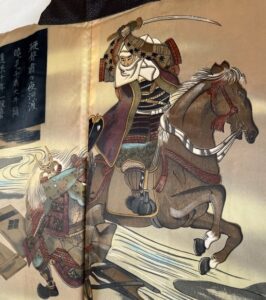 Unique and rare piece
Unique and rare piece- Entirely made in Japan
- Very good condition like new
- 100% black tsumugi silk
- Gold silk lining
- Reversible
- The pattern painted on the lining represents the terrible duel between the samurai leaders Uesugi Kenshin & Takeda Shingen
- Very nice finish
- Lightweight, comfortable and soft to the touch
- Recommended wearing for spring/summer seasons
- This type of haori kimono jacket was once worn by warriors
- Nowadays to display or wear over the traditional kimono, the keikogi of Iaido/Kenjutsu or other martial arts Very chic worn over a t-shirt and jeans
- Care: dry wash / iron if necessary
- Original birthday, Christmas or other gift
- Optional “Himo” attachment cord in the color of your choice on sale in the store!
characteristics of tsumugi silk:
 Unique texture: Tsumugi silk is known for its distinct texture, which is slightly irregular and has natural imperfections, giving the fabric a rustic, handcrafted look.
Unique texture: Tsumugi silk is known for its distinct texture, which is slightly irregular and has natural imperfections, giving the fabric a rustic, handcrafted look.- Natural fibers : Made from natural silk fibers, tsumugi silk offers a luxurious, soft feel to the touch.
- Sustainability : Due to its dense construction and the strength of the silk fibers, tsumugi silk is durable and hard-wearing, making it an ideal choice for clothing and accessories that require a long lifespan.
- Breathability : Tsumugi silk is naturally breathable, making it comfortable to wear in a variety of climates and seasons.
- Natural dye: Traditionally dyed with natural dyes, tsumugi silk offers subtle, earthy colors that hold up well over time.
- Versatility: Tsumugi silk is used in a variety of clothing and textile items, from traditional kimonos to modern accessories to high-end handcrafted pieces.
Dimension:
Height:88cm
Width from shoulder to shoulder: 60cm
Width from sleeve to sleeve: 126cm
Sleeve height:47cm
Sleeve width: 33cm
Takeda Shingen VS Uesugi Kenshin

The duel between Takeda Shingen and Uesugi Kenshin refers to a series of battles between these two powerful daimyos (feudal lords) during the Sengoku period (warrior provinces period) in Japan, between 1553 and 1564.
Takeda Shingen controlled Kai Province (present-day Yamanashi Prefecture) while Uesugi Kenshin ruled the neighboring Echigo Province (present-day Niigata Prefecture). Both were renowned for their brilliant military strategies.
They faced each other several times in legendary battles such as those at Kawanakajima in 1553, 1555, 1557 and 1561. Although neither managed to gain a definitive advantage, these battles are among the most ferocious and best coordinated from the Japanese feudal era.
Beyond the military aspect, this “duel” also symbolized the ideological opposition between the Buddhism of Shingen and the Christianity of Kenshin. Their clashes have become very popular episodes in epic stories, works of art and Noh plays.
上杉謙信Uesugi Kenshin
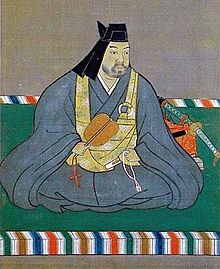
Uesugi Kenshin (1530-1578) was a famous daimyo of the Sengoku period in Japan. Here are some key facts about this warlord:
- He was the head of the Uesugi clan and ruled the Echigo domain (present-day Niigata Prefecture).
- He was renowned for his exceptional military talents and unparalleled strategic mind. He was nicknamed the “Reborn Naoe” in reference to a legendary strategist.
- He converted to Christianity around 1577, becoming one of Japan's first Christian daimyos. His baptismal name was “Francisco”.
- His epic battles against his great rival Takeda Shingen, notably the four battles of Kawanakajima between 1553 and 1564, have become legendary.
- Although a feared war leader, he was also known as a just lord and protector of the peasants of his domain.
- His spherical helmet decorated with buffalo horns was his distinctive badge and one of the most famous in Japanese military history.
- After he died without an heir, his domain was taken over by the Uesugi clan until the end of the Edo period in the 19th century.
Uesugi Kenshin remains an emblematic figure of the Sengoku period, admired for his warrior exploits and his chivalrous spirit.
VS
武田信玄 Takeda Shingen
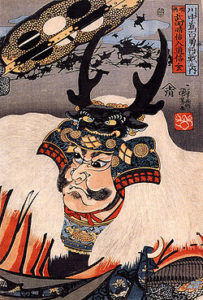
Takeda Shingen (1521-1573), one of the most famous daimyos of the Sengoku period:
- He was the lord of Kai Domain (present-day Yamanashi Prefecture). Coming from the Takeda clan, he became its leader at the age of 21.
- A great military strategist, he won numerous victories thanks to innovative tactics such as mounted cavalry and the use of arquebuses.
- His clashes against his great rival Uesugi Kenshin during the four battles of Kawanakajima (1553-1561) are considered masterpieces of strategy.
- He practiced Buddhism of the Tendai school and maintained close ties with the monk Tenkai.
- A wise reformer, he implemented agrarian and administrative reforms in his territories to increase production and efficiency.
- His warhorse Hijikata was as famous as his master for his bravery.
- Although brutal on the battlefield, he was renowned for his sense of honor and his clemency towards peasants.
- Mortally wounded in 1573 during the siege of Ozasa Castle, he committed suicide according to the ritual of seppuku.
Considered one of the greatest military strategists of feudal Japan, Takeda Shingen remains a legendary figure admired to this day.



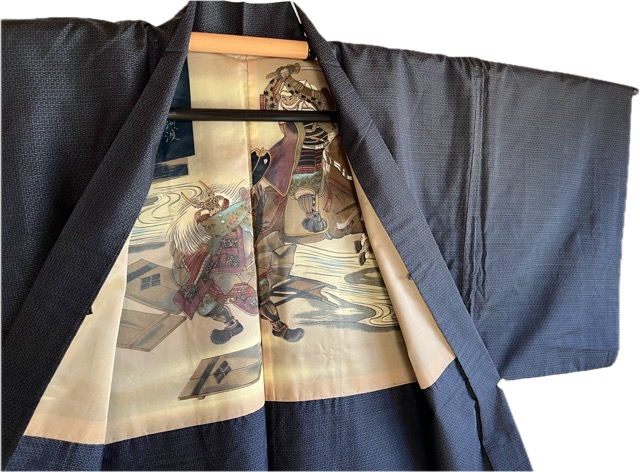

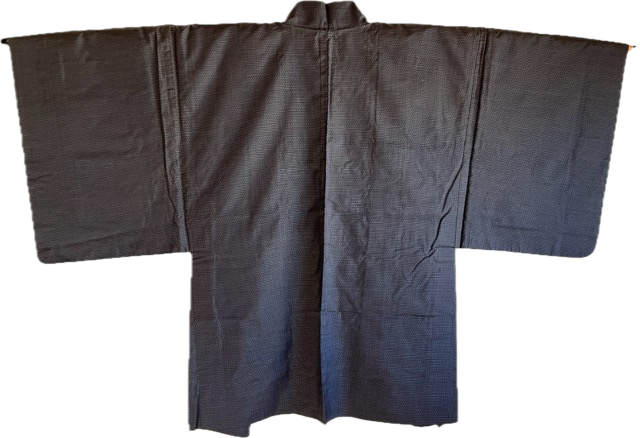








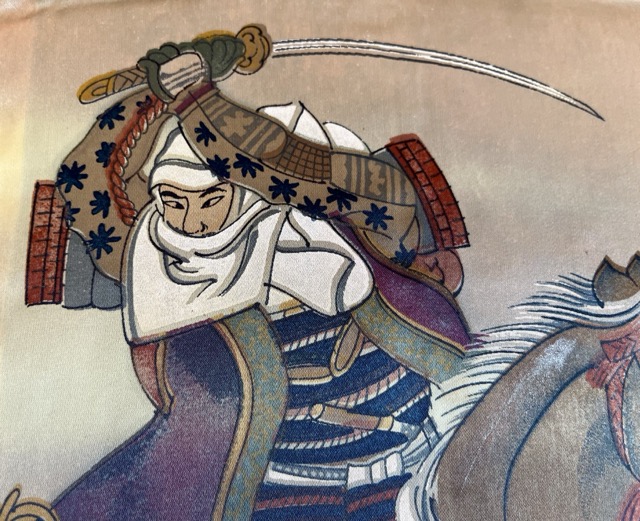

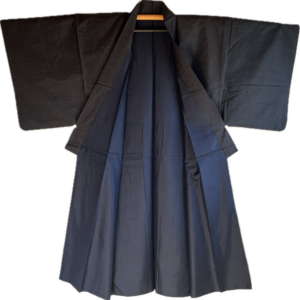
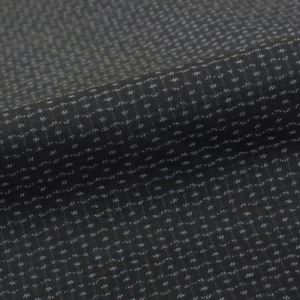
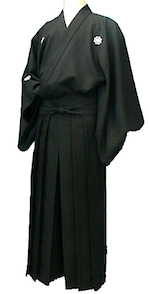

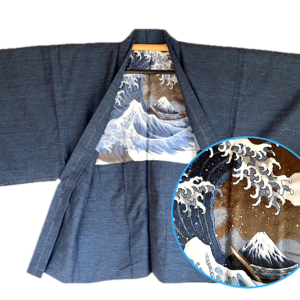
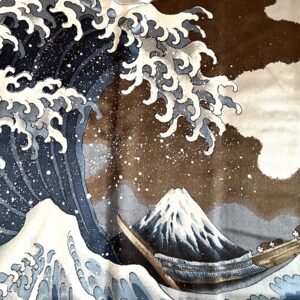
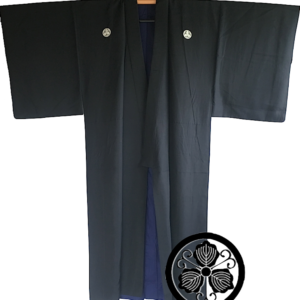
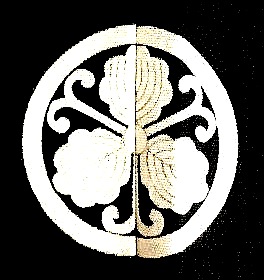
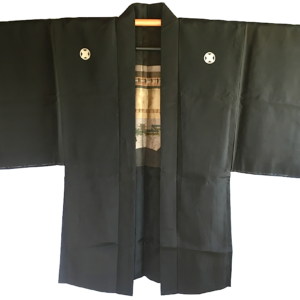
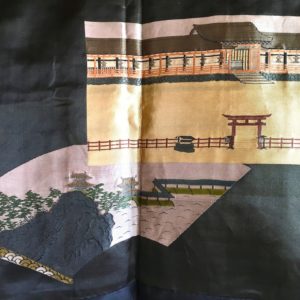
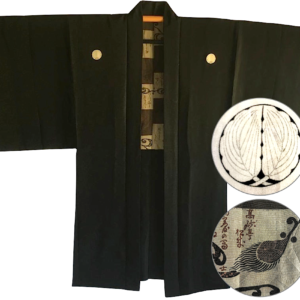


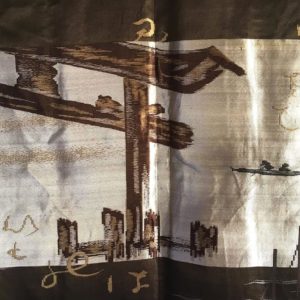
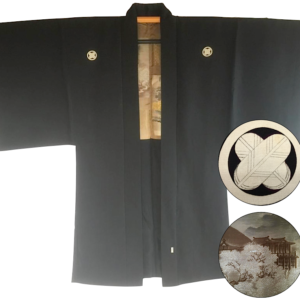

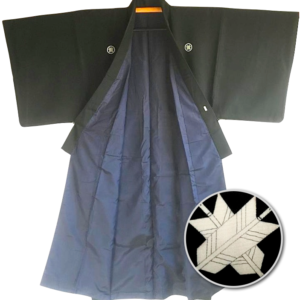
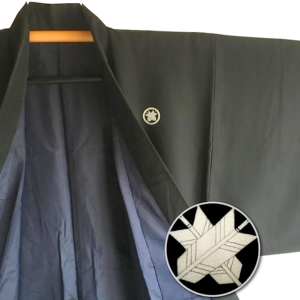
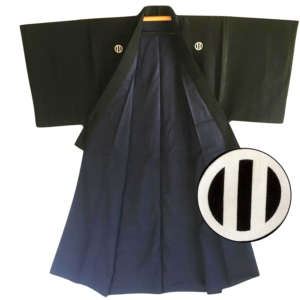
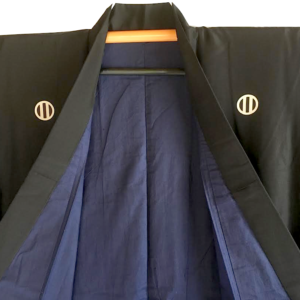
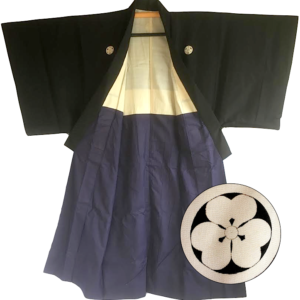
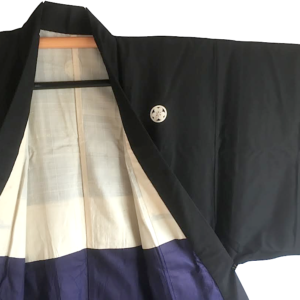
Reviews
There are no reviews yet.